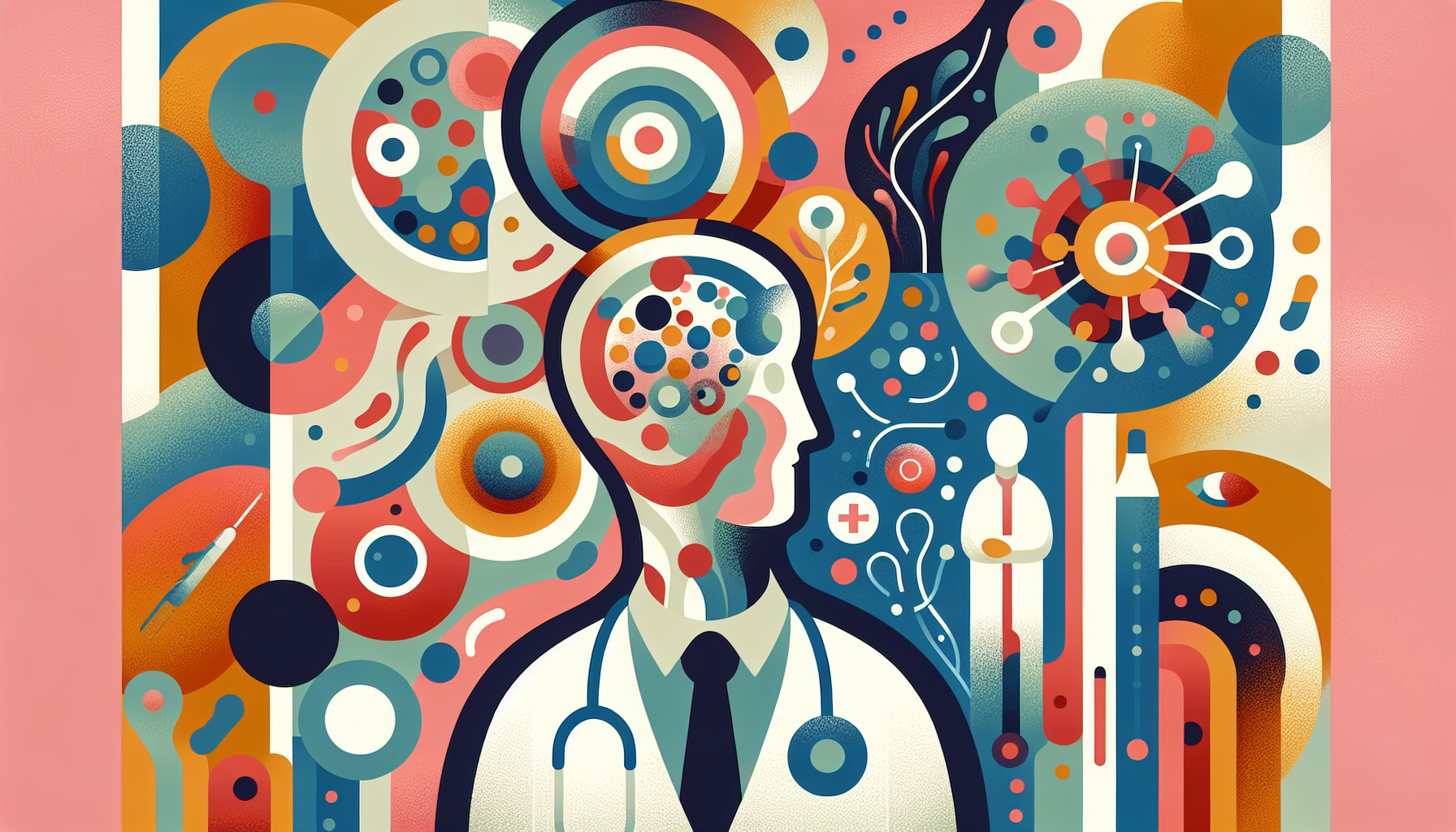Tirzepatide for Sleep Apnea - Can It Help?
Understanding Sleep Apnea and Its ChallengesSleep apnea is a common yet serious sleep disorder characterized by repeated interruptions in breathing during sleep. These pauses [...]
Read More
Medically reviewed by Abhijit Bhattacharyya | MD, PhD, MBA, Tufts University School of Medicine - Miami, Florida on April 22nd, 2024.
Raynaud's disease is a condition that affects the blood vessels in your fingers and toes, causing them to narrow in response to cold temperatures or stress. While it's not usually a serious health problem, it can cause discomfort and, in some cases, lead to tissue damage. In this article, we'll explore the symptoms, causes, risk factors, diagnosis, and treatment options for Raynaud's disease.
There are two main types of Raynaud's disease:
Primary Raynaud's (Raynaud's disease): This type occurs without any underlying illness and is usually mild.
Secondary Raynaud's (Raynaud's syndrome or phenomenon): This type is caused by another illness, such as lupus or rheumatoid arthritis, and is more likely to cause serious health problems.
The most common symptoms of Raynaud's disease include:
Cold fingers and toes that turn white or blue when exposed to cold or stress
Skin that turns red as it warms up
Tingling or prickly sensation in the fingers and toes when warming up

Primary Raynaud's disease is thought to be caused by an overactive vasomotor response, which causes the small arteries in the hands and feet to narrow more than normal in response to cold or stress. The exact cause is unknown, but genetic factors may play a role.
Secondary Raynaud's disease is caused by an underlying condition, such as:
Connective tissue diseases (e.g., scleroderma, lupus, rheumatoid arthritis)
Artery diseases (e.g., atherosclerosis, Buerger's disease)
Carpal tunnel syndrome
Repetitive motion or vibration injuries
Smoking
Certain medications (e.g., beta-blockers, migraine medications, ADHD medications)
Women are more likely to develop Raynaud's disease than men, and it usually appears between the ages of 15 and 25 for primary Raynaud's and after age 35 for secondary Raynaud's.
To diagnose Raynaud's disease, your doctor will ask about your symptoms and examine your fingers and toes. They may also use a dermoscope to check the blood vessels around your fingernails. If secondary Raynaud's is suspected, blood tests may be ordered to check for underlying conditions.
Treatment for Raynaud's disease aims to prevent attacks and limit their severity. This may involve:
Keeping hands and feet warm and dry
Managing stress
Exercising regularly
Avoiding certain medications that can worsen symptoms
Using medication to control blood pressure and relax blood vessels (e.g., calcium channel blockers, vasodilators)
Applying medicated creams to heal skin sores
In severe cases, surgery to cut nerves or inject drugs to block nerve signals to blood vessels
While Raynaud's disease itself is not life-threatening, severe cases can lead to tissue damage, skin sores, or gangrene if left untreated. If you experience symptoms of Raynaud's disease, consult your doctor for an accurate diagnosis and appropriate treatment plan.
For more information on Raynaud's disease, visit:
Understanding Sleep Apnea and Its ChallengesSleep apnea is a common yet serious sleep disorder characterized by repeated interruptions in breathing during sleep. These pauses [...]
Read MoreHeart attacks are often perceived as a predominantly male health issue, but the reality is that heart disease is the leading cause of death for women worldwide. Recognizing [...]
Read MoreTelehealth has transformed the way patients access healthcare, offering convenience, speed, and accessibility that traditional in-person visits often cannot match. With the [...]
Read More